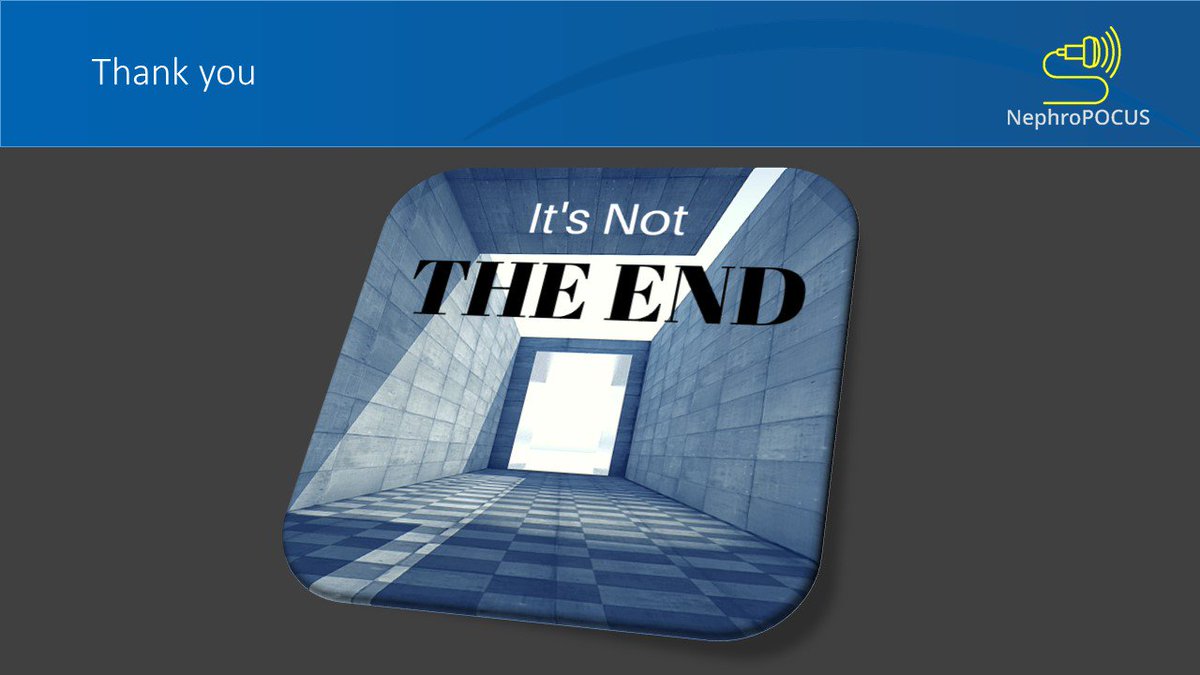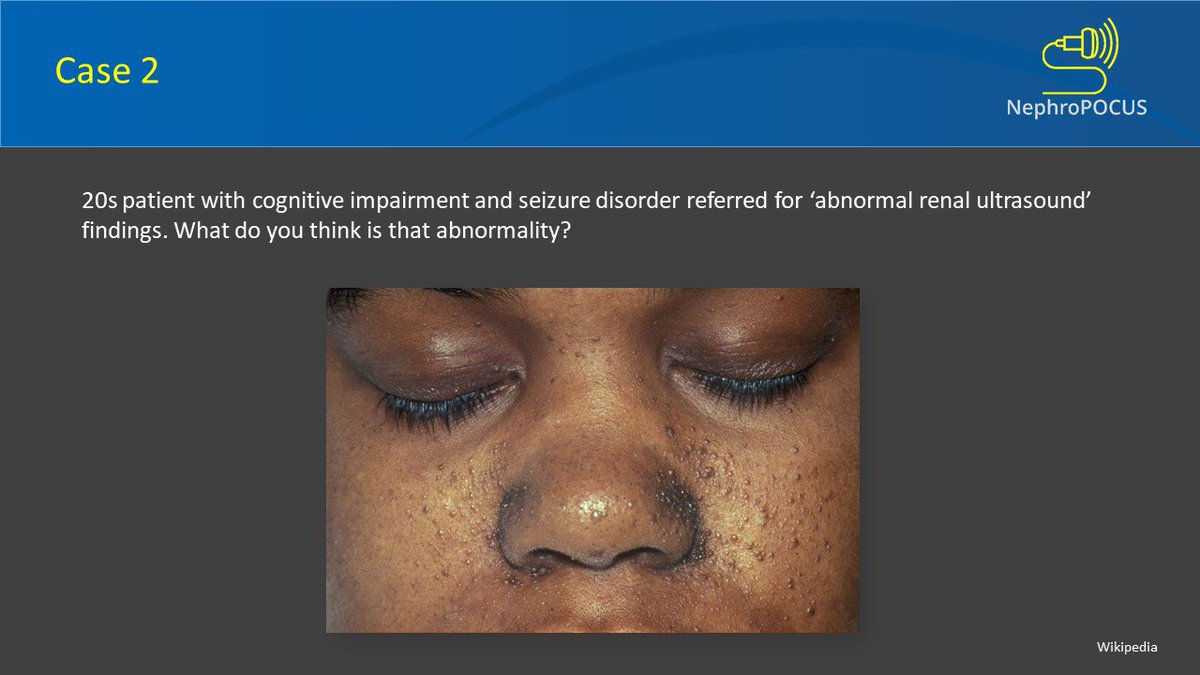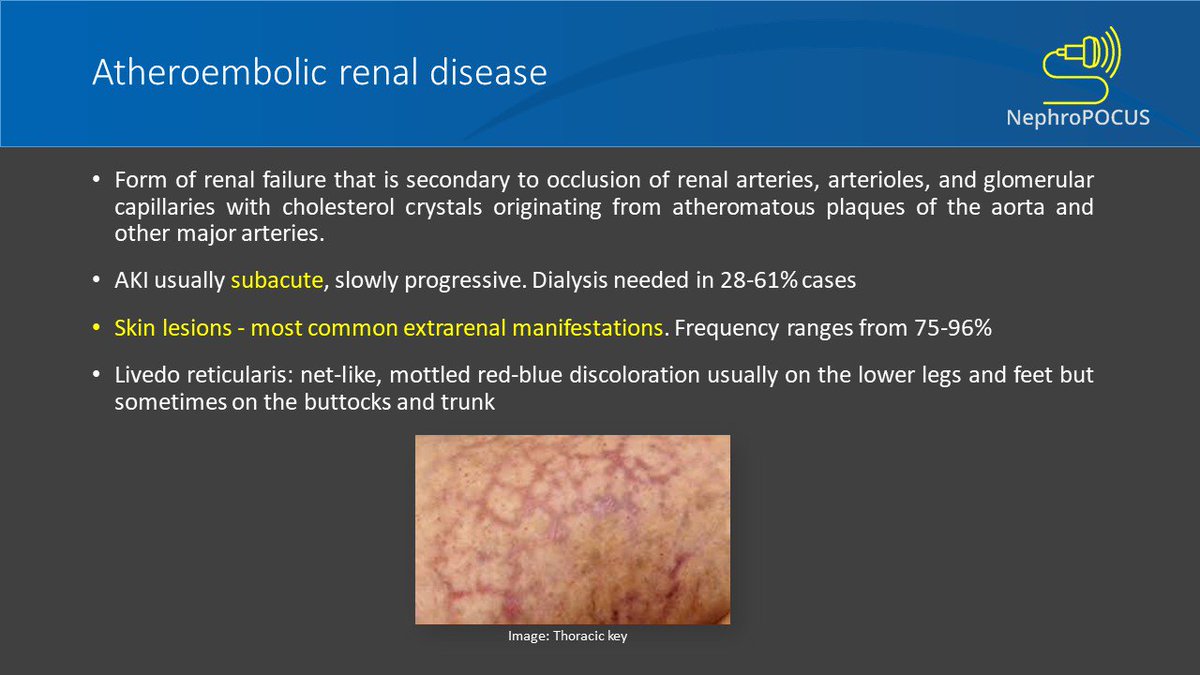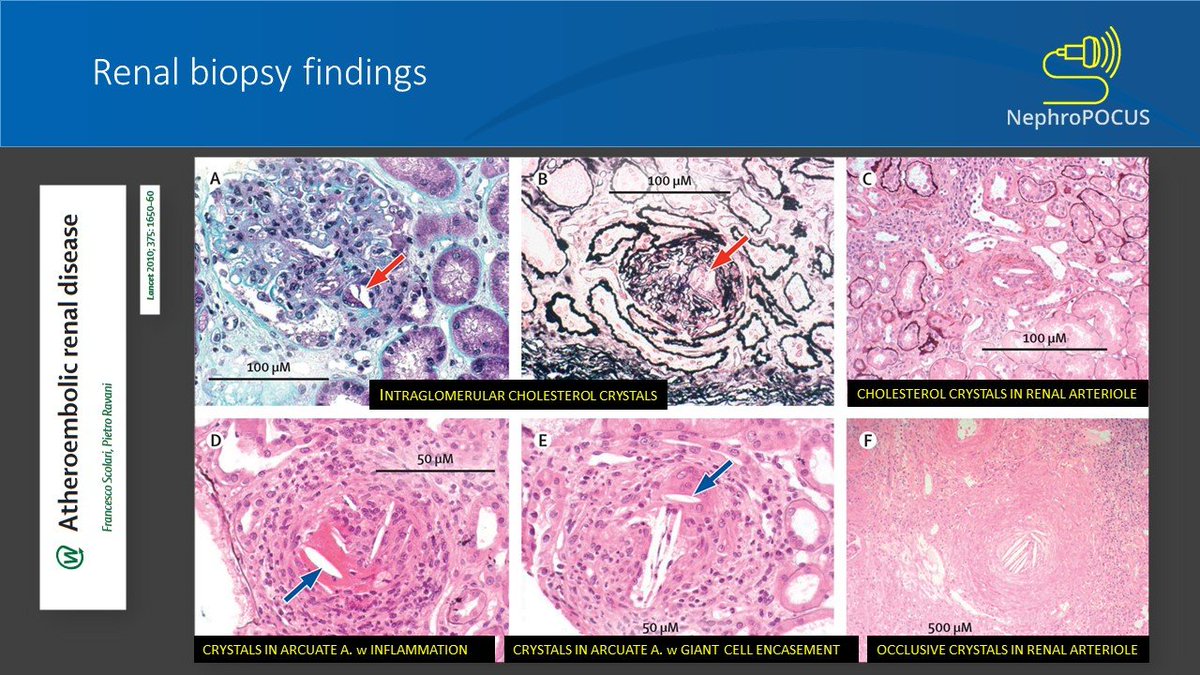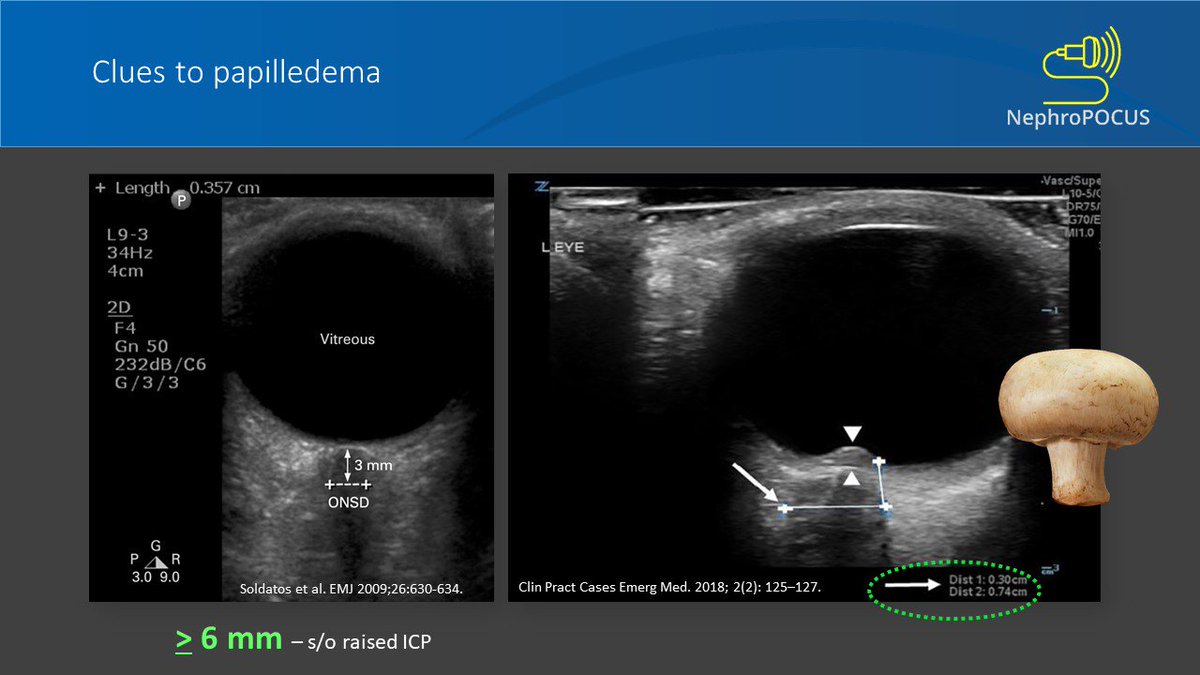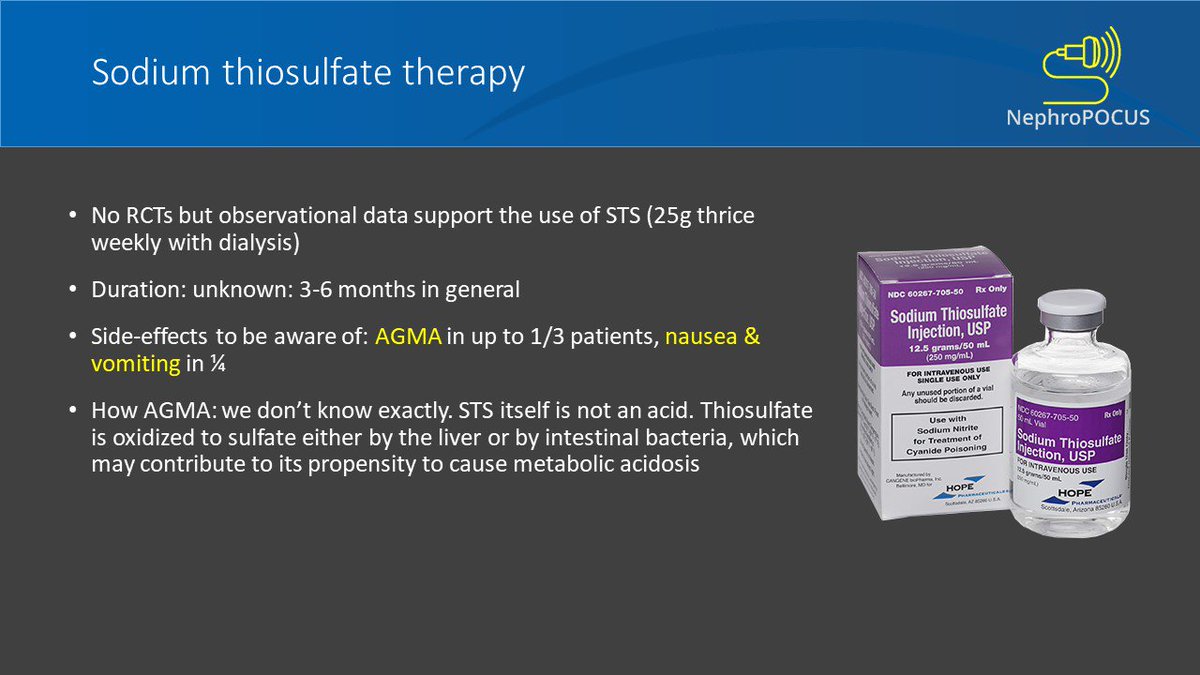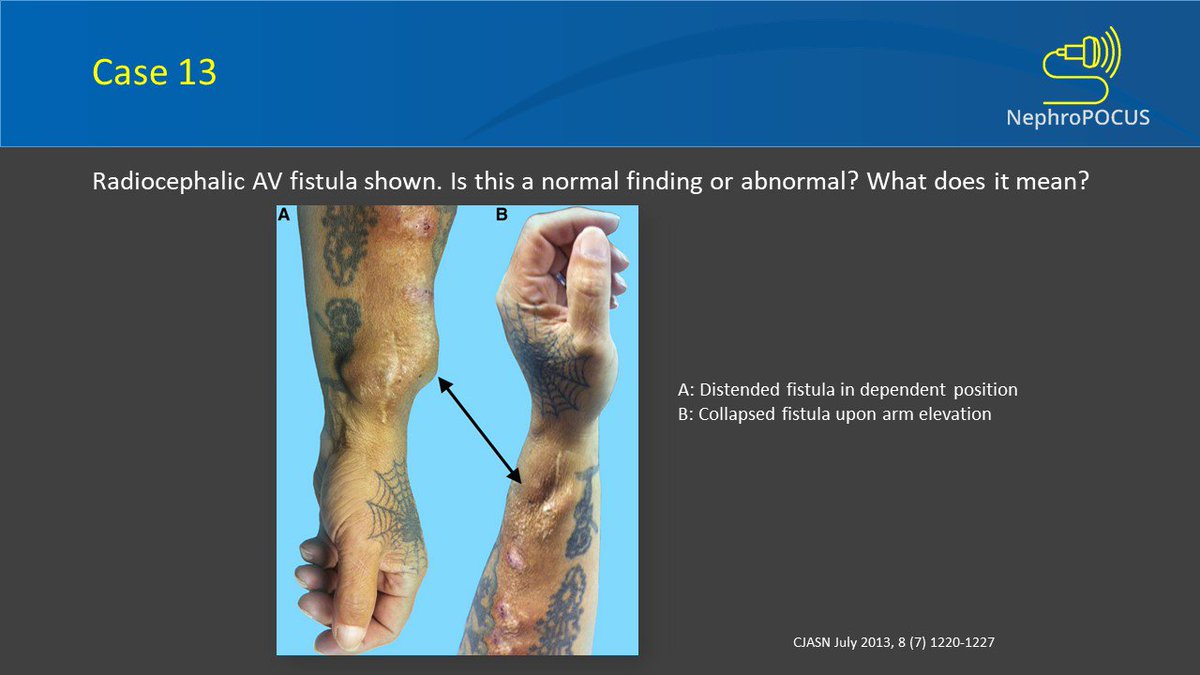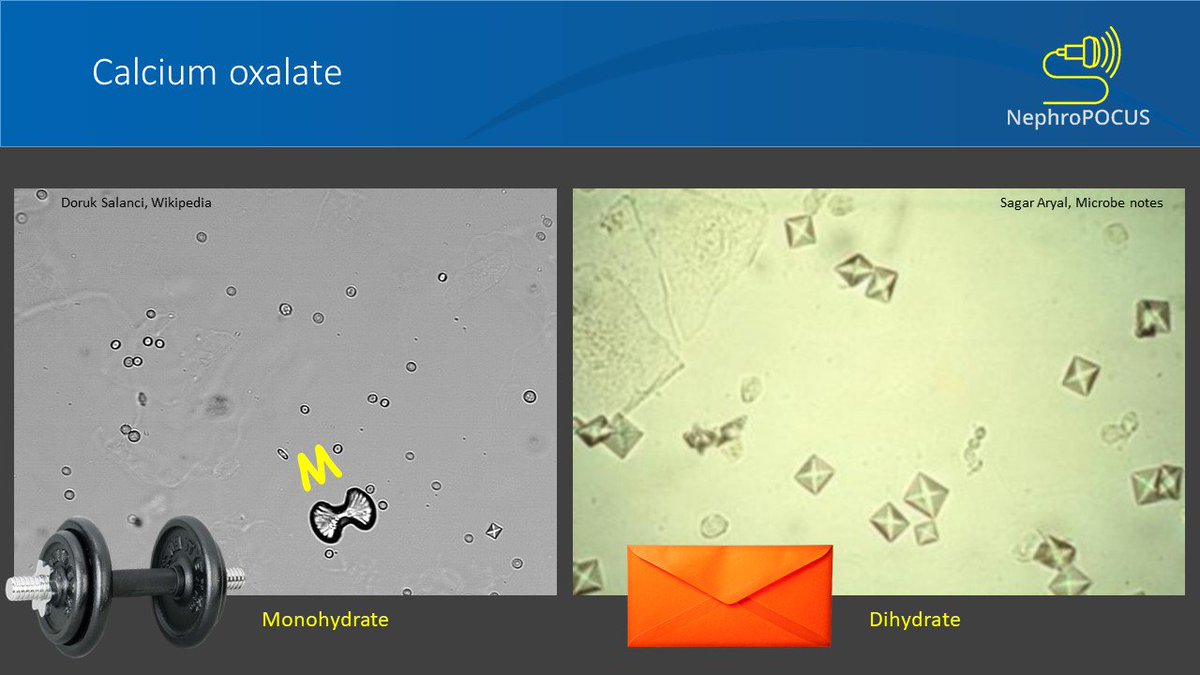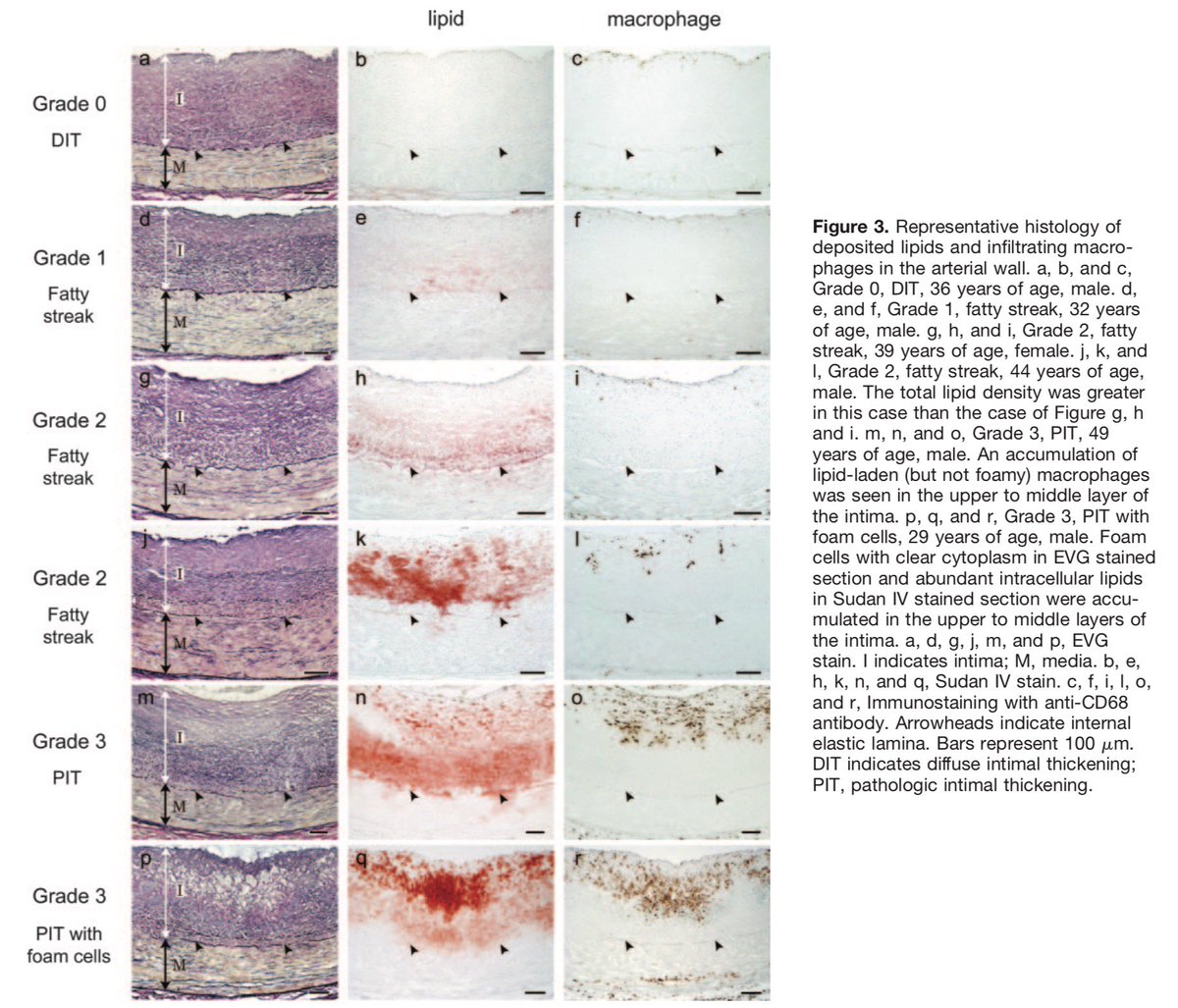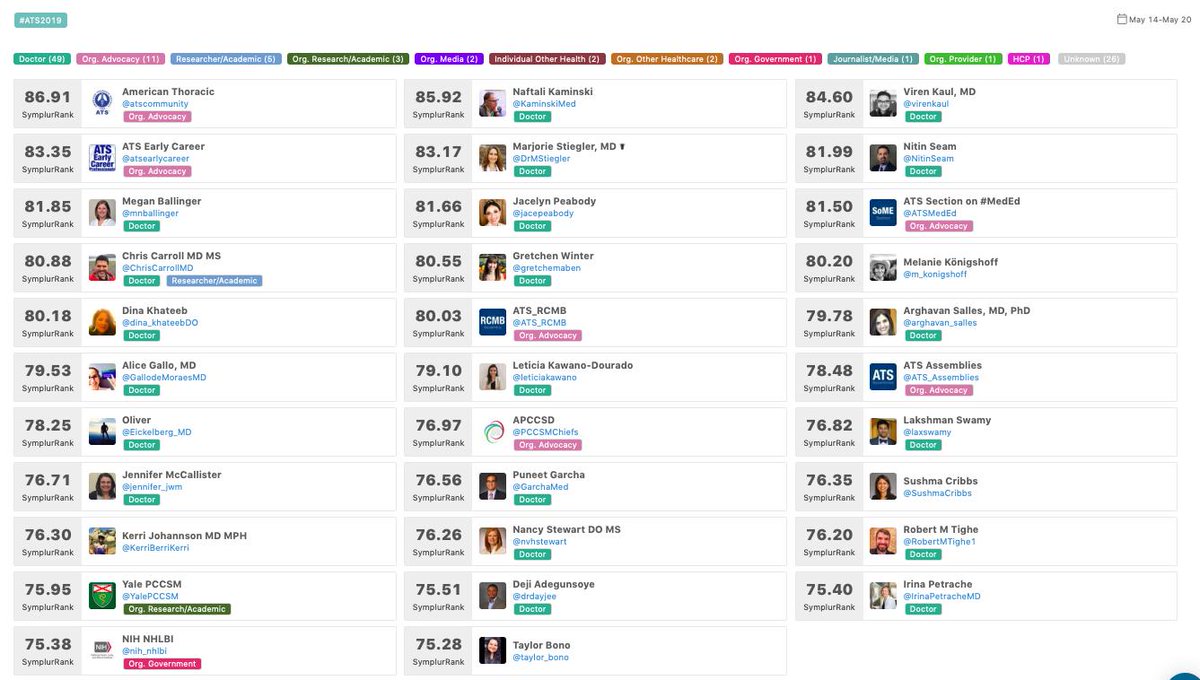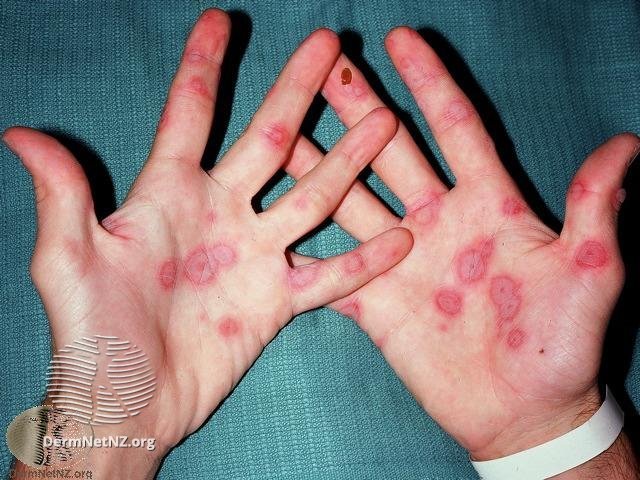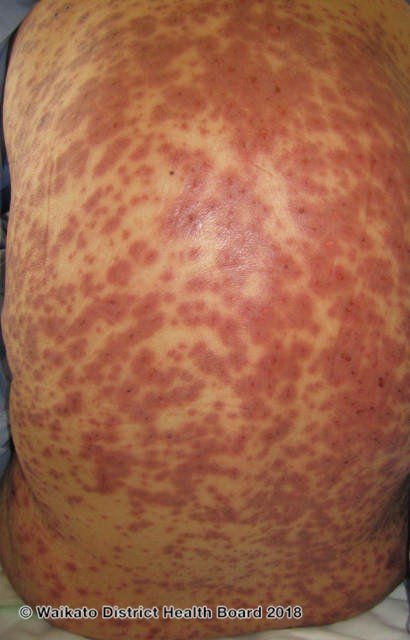Thought of sharing the slides as a tweetorial. Goal is to present some 'classic' images that aid in kidney-related diagnoses. Not exhaustive; plan to make 2nd part as well.
#MedEd #FOAMed Not much POCUS involved!
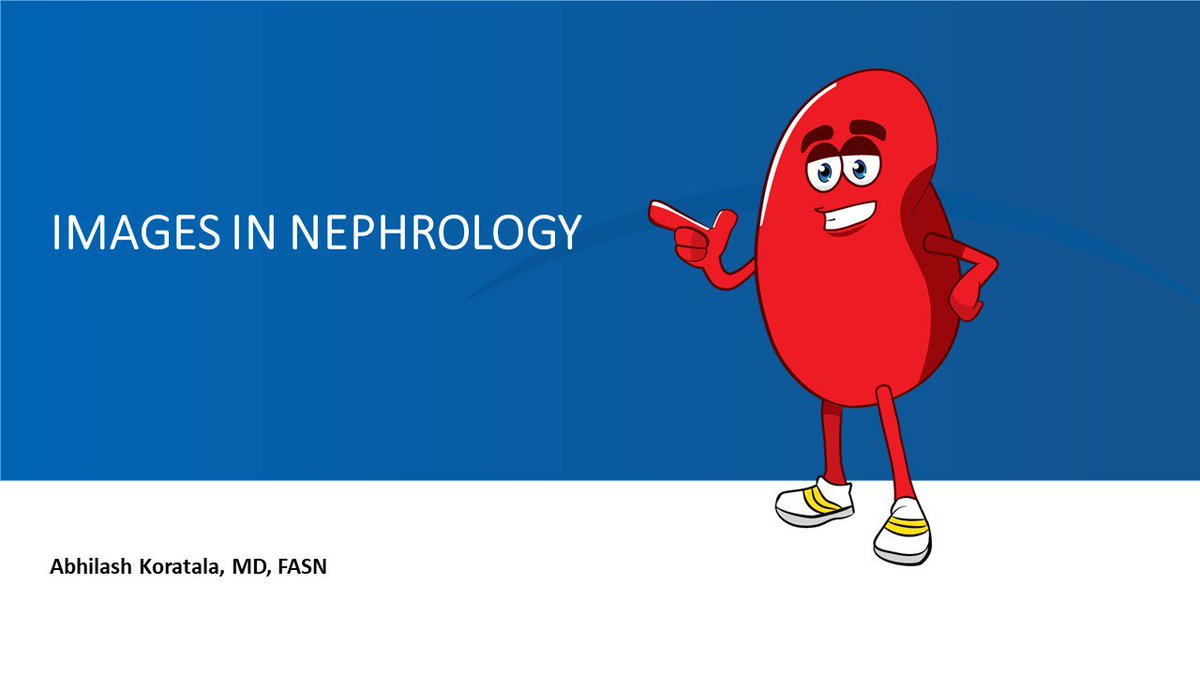
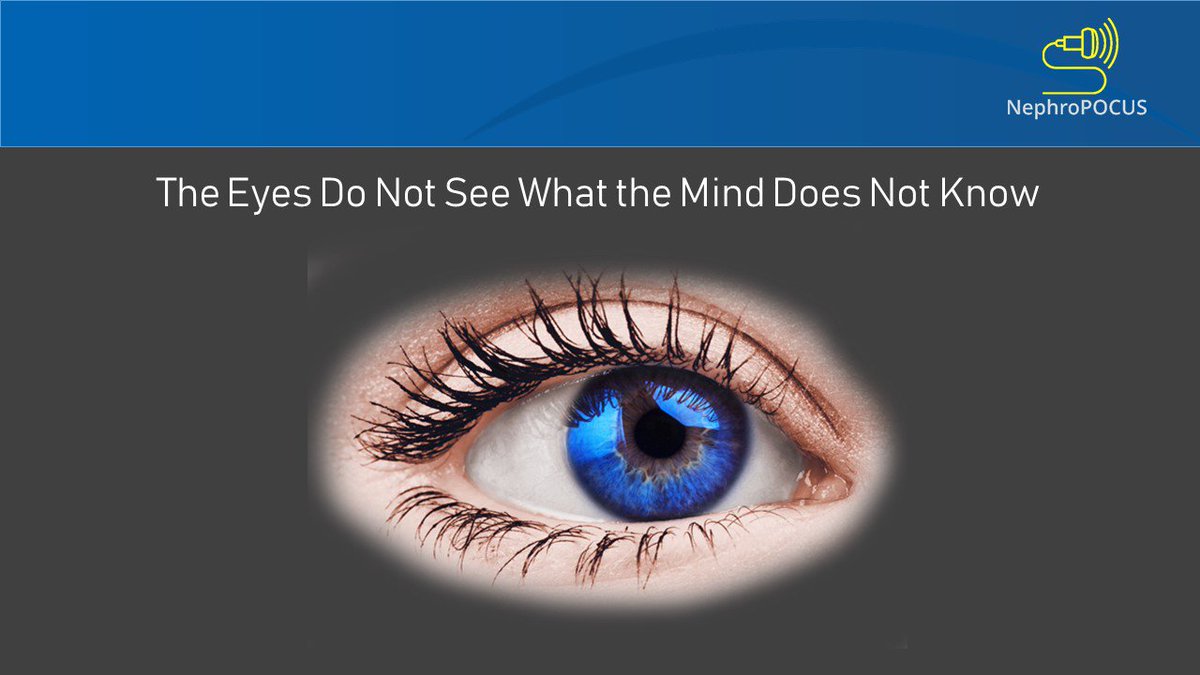
Here it is:
Use high frequency probe (vascular), put a lot of gel on the closed eyelid. Can apply transparent film dressing (Tegaderm) over the closed eye for patient comfort taking care not allowing air bubbles to form.
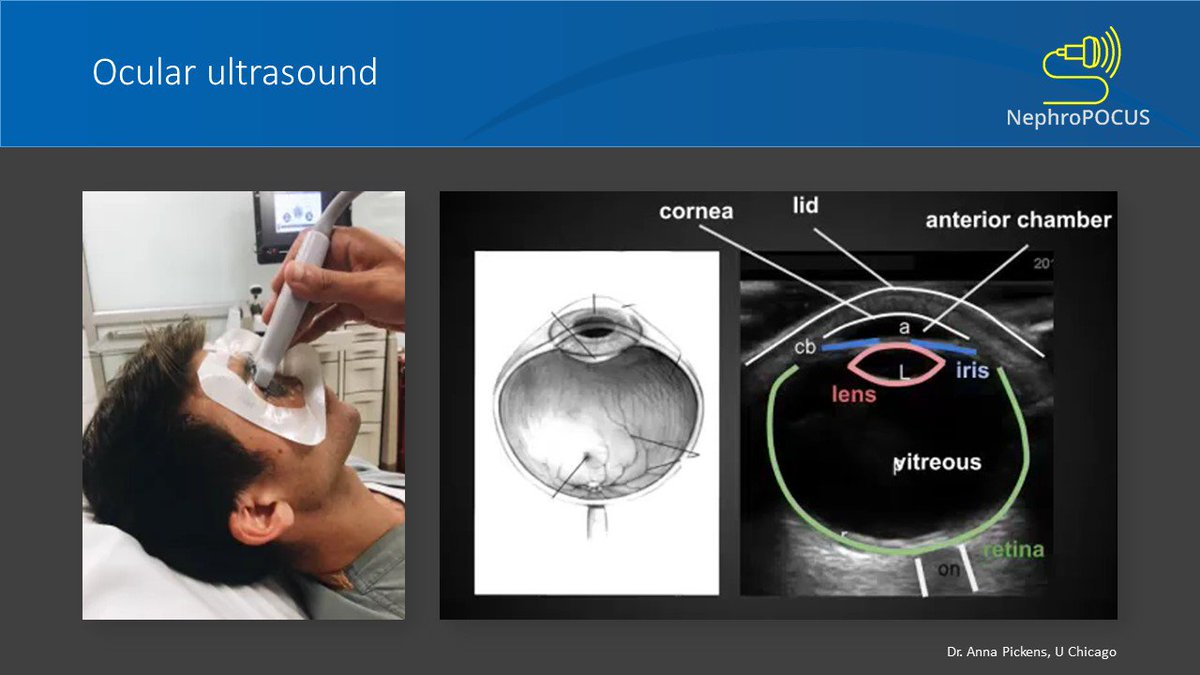
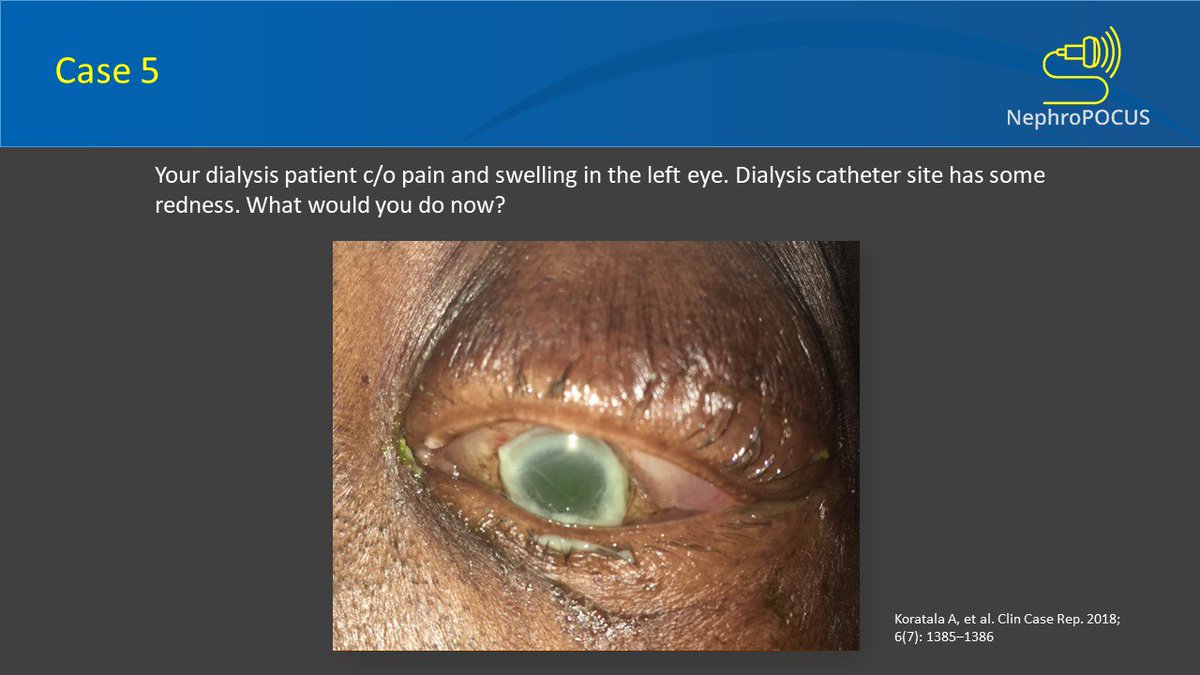
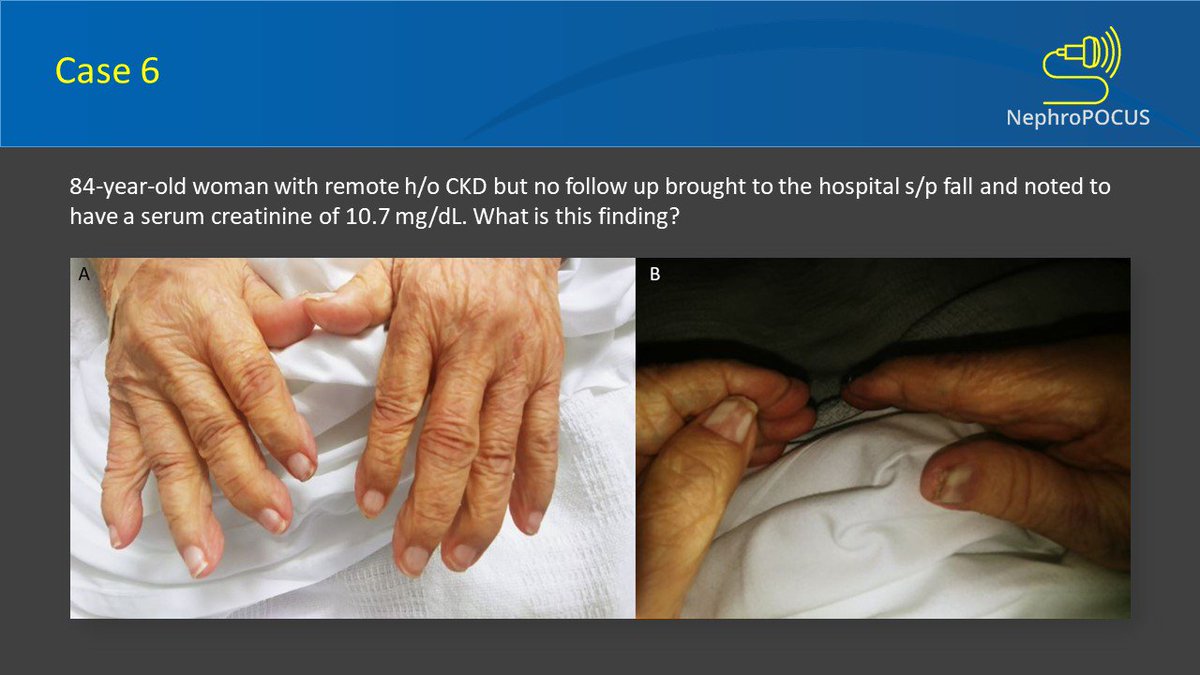
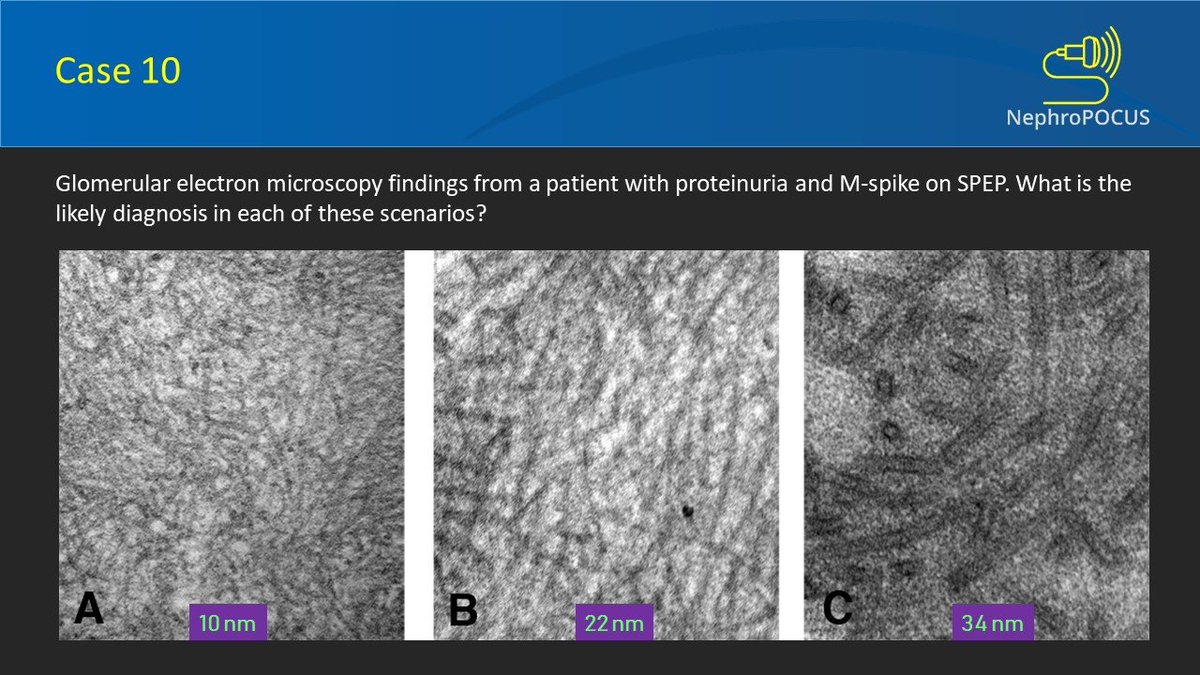

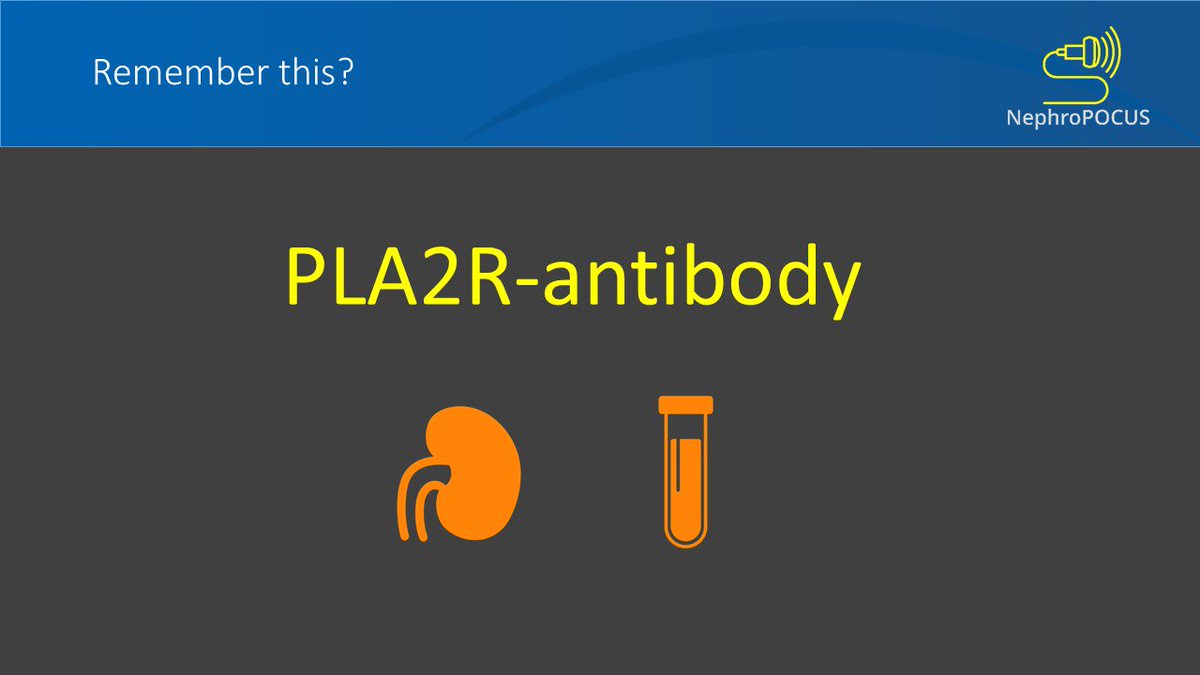

Nothing better than this 🤓
Need to say more?
(Note: CKD stage 3T, T means transplant)

Beware of the central vein stenosis and refer to vascular surgeon appropriately.
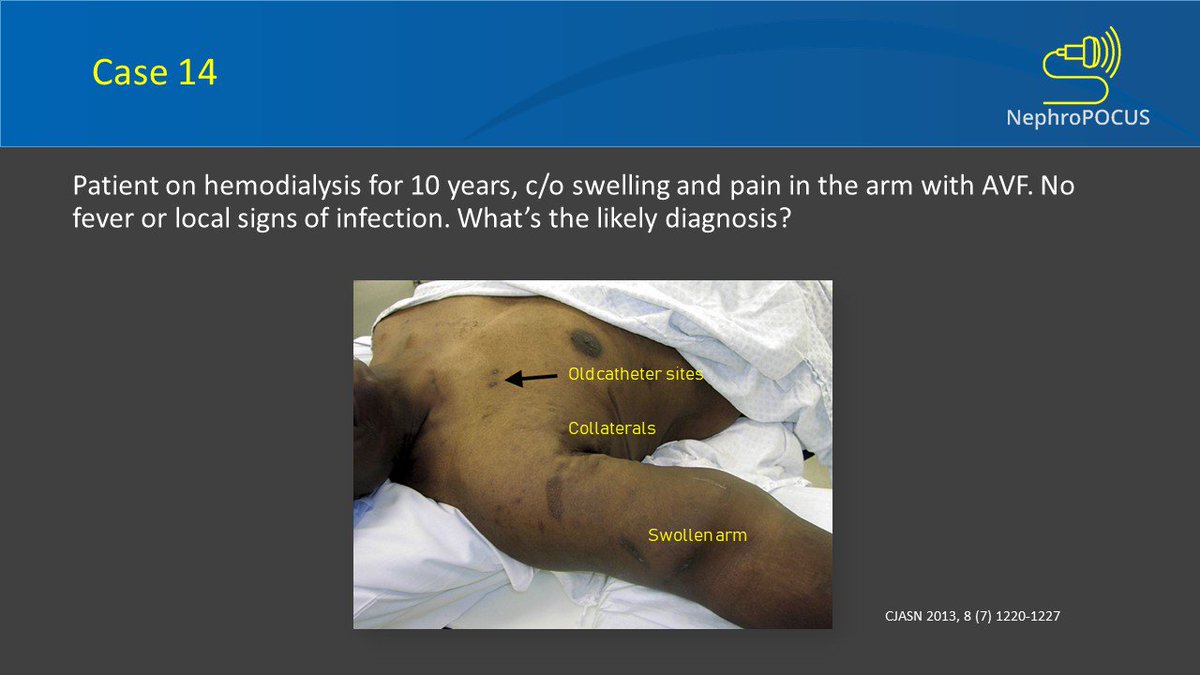
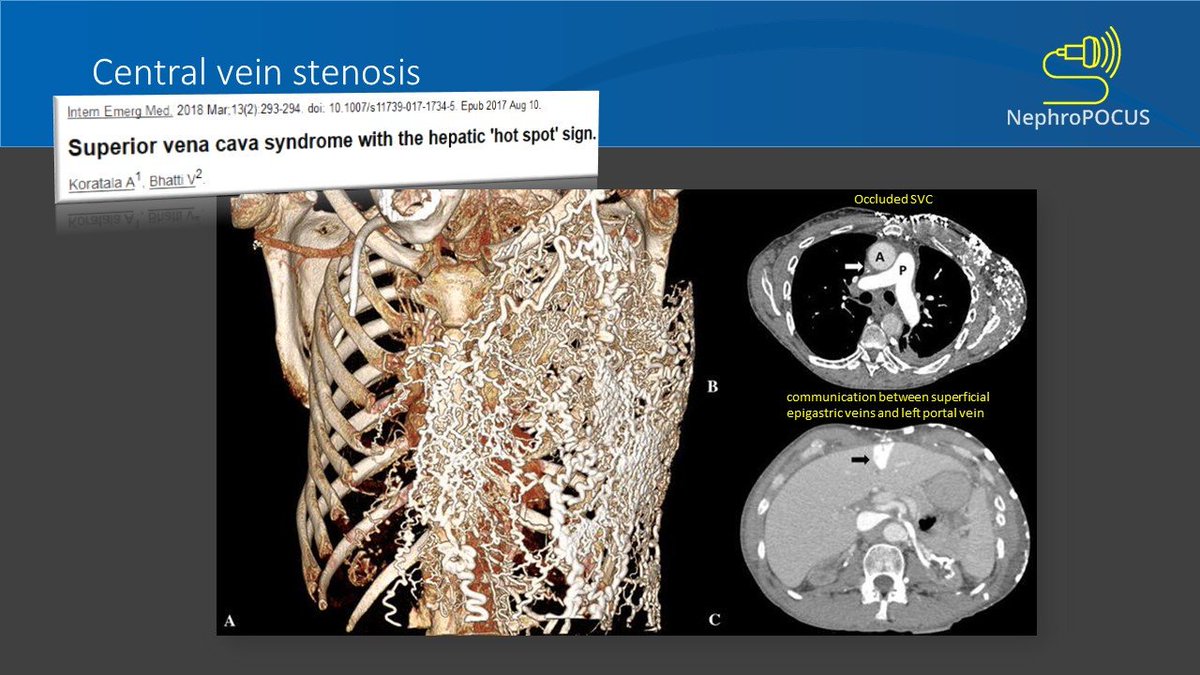
Only one of the following rows accurately reflects the urinary crystal name and image. Which one is that?
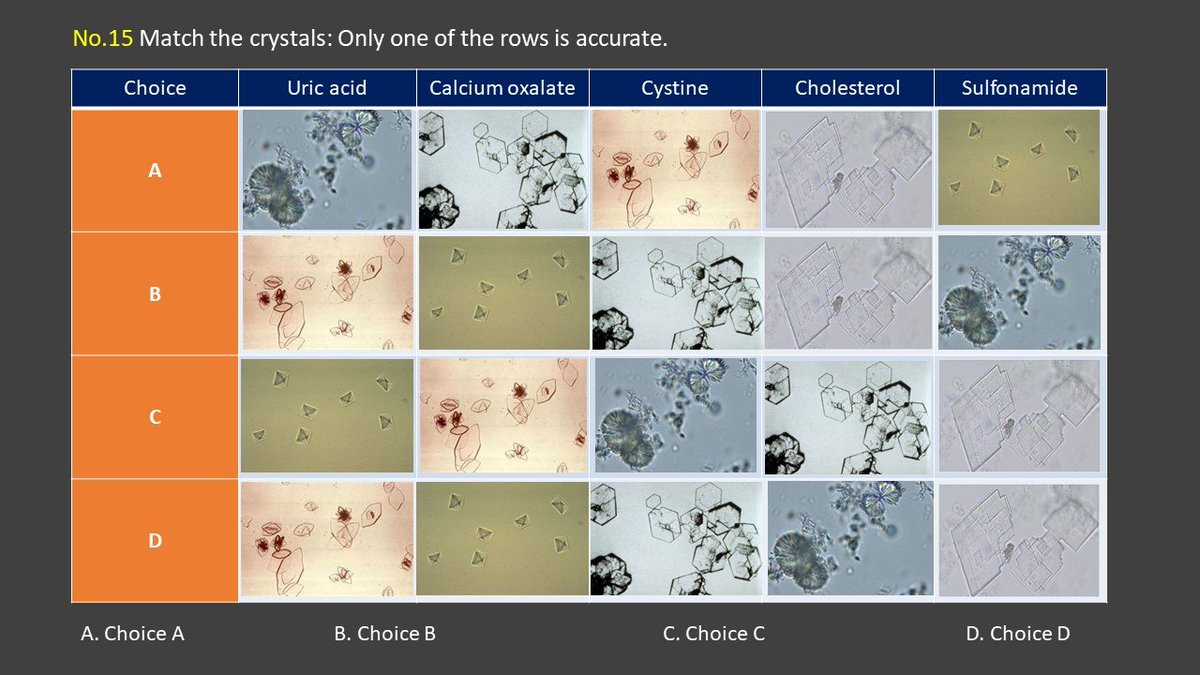
@kantsmd @RenalFellowNtwk @RegnerNephAKI @AmirKazory @UFNephrology
